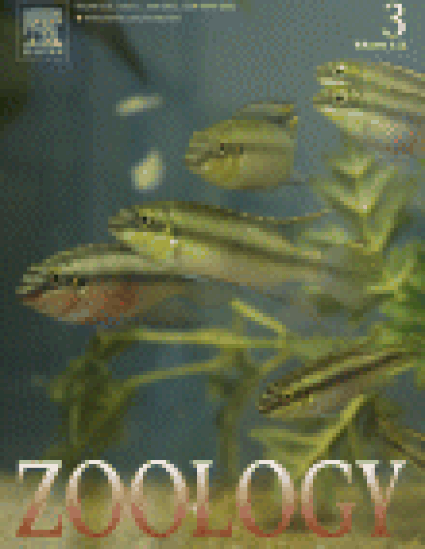
Article
Rock-dwelling Lizards Exhibit Less Sensitivity of Sprint Speed to Increases in Substrate Rugosity
Zoology
(2013)
Abstract
Effectively moving across variable substrates is important to all terrestrial animals. The effects of substrates on lizard performance have ecological ramifications including the partitioning of habitat according to sprinting ability on different surfaces. This phenomenon is known as sprint sensitivity, or the decrease in sprint speed due to change in substrate. However, sprint sensitivity has been characterized only in arboreal Anolis lizards. Our study measured sensitivity to substrate rugosity among six lizard species that occupy rocky, sandy, and/or arboreal habitats. Lizards that use rocky habitats are less sensitive to changes in substrate rugosity, followed by arboreal lizards, and then by lizards that use sandy habitats. We infer from comparative phylogenetic analysis that forelimb, chest, and tail dimensions are important external morphological features related to sensitivity to changes in substrate rugosity.
Keywords
- Ecomorphology,
- Habitat partitioning,
- Lizard locomotion,
- Sprint sensitivity,
- Substrate rugosity
Disciplines
Publication Date
2013
Publisher Statement
Copyright © 2013 Elsevier GmbH. All rights reserved doi:10.1016/j.zool.2013.01.001
Citation Information
Roger A. Anderson, Clint E. Collins, Jessica D. Self and Lance D. McBrayer. "Rock-dwelling Lizards Exhibit Less Sensitivity of Sprint Speed to Increases in Substrate Rugosity" Zoology Vol. 116 Iss. 3 (2013) Available at: http://works.bepress.com/roger_anderson/5/
